Za'atar seasoning is an earthy Middle Eastern spice blend that adds the most beautiful flavor to so many recipes! Use it in dips, marinades, dressings, or simply sprinkle it on top of your favorite meals!
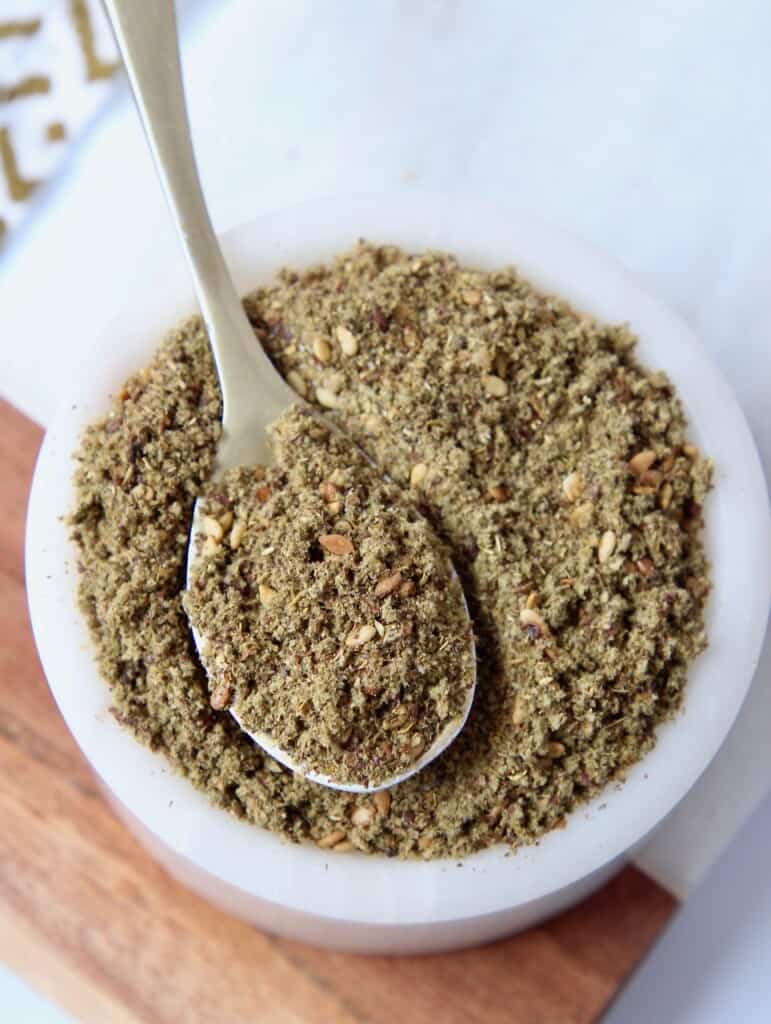
Za'atar is the name of a specific herb similar to thyme, but more often than not it refers to the spice mixture. Made from a varying mix of herbs and spices, this ancient seasoning has recently began to rise in popularity in the United States.
This versatile spice blend can be used in any savory recipe either while cooking, or as a condiment.
Jump to:
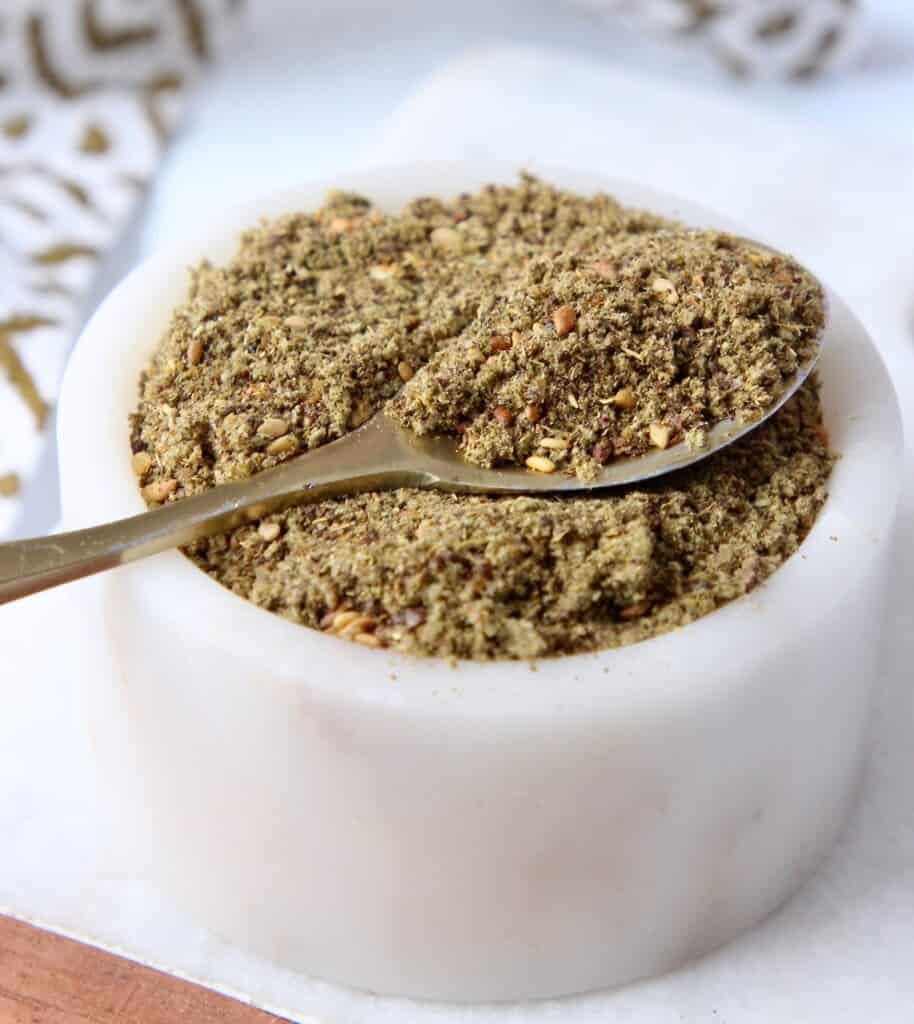
What is za'atar seasoning made of?
Za'atar is similar to curry in that no recipe is exactly alike. There are some staple dried herbs and spices that are consistently used, but amounts vary and other flavors are often added to create unique blends.
Generally, sesame seeds, dried oregano, dried thyme, dried marjoram, ground sumac, and salt are used to make traditional za'atar seasoning. Occasionally cumin, paprika, coriander, or pepper are also added.
What does it taste like?
Since za'atar spice blends are all unique, the flavor balance will be slightly different each time, however the taste will be similar. It has a complex savory and earthy flavor.
Thyme gives a nice floral taste, oregano a slight peppery bitterness, and marjoram offers a subtle sweetness to balance it out. The sesame seeds make it nutty, and the sumac has an almost citrus flavor. Usually it's not spicy, but you can always add cayenne pepper for some heat.
What can I use instead of za'atar?
Because they share many similar ingredients, Italian seasoning can be used as a substitute for za'atar in a pinch. Both feature thyme, oregano, and marjoram. If you have them on hand, add some sesame seeds and salt to make it taste even closer.
If you're making your own seasoning blend and can't find sumac there are a few other things you can try to use instead. Sumac is acidic and almost citrusy, so lemon juice, lemon zest, or vinegar can help to try to capture that flavor. However, sumac is more subtle, so don't overdo it!
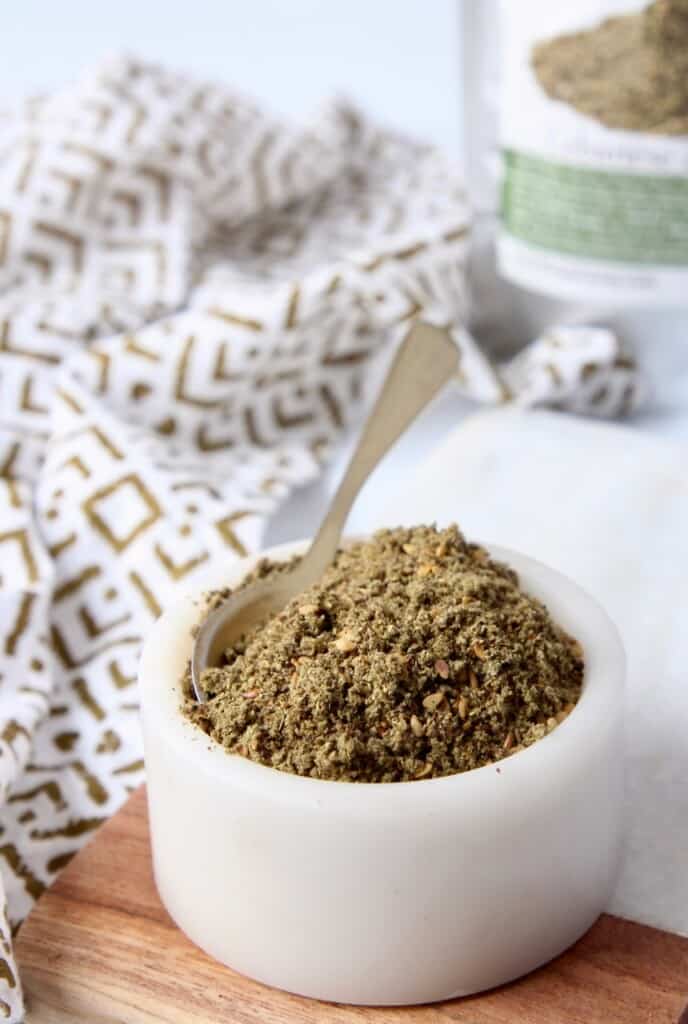
How to make za'atar seasoning from scratch
Making your own za'atar spice mix can be as easy as throwing sesame seeds, oregano, thyme, marjoram, sumac, and salt in a bowl and mixing. However, toasting the sesame seeds gives a wonderfully deep flavor.
Because this spice blend is so versatile you can experiment with different ratios of the herbs and spices to find your favorite taste. Start off by following a recipe for Homemade Za'atar Seasoning and adjust!
How to use it
Za'atar is both used in cooking and as a table condiment. Here are some great ways to enjoy the delicious spice:
- Make a snack - sprinkle it on fresh avocado, tomato, or cucumbers for a healthy snack.
- Season your breakfast - add a depth of flavor to breakfast by mixing it into scrambled eggs, or sprinkling it top of fried eggs.
- Dip it - top olive oil, hummus, baba ganoush, or plain yogurt with za'atar and scoop it up with fresh pita, veggies or pita chips!
- Make salad dressing - salads get great flavor when topped with a dressing that includes za'atar, like this Middle Eastern Salad Dressing.
- Use it in a marinade - za'atar adds amazing flavor to marinades and dry rubs. Use it to season meat like chicken or lamb, or vegetables like cauliflower, eggplant, sweet potato or zucchini.
- Elevate bread - Make a paste by mixing za'atar with olive oil and spread it on pita bread or na'an. Warm it up in the oven for savory perfection!
- Step up your avocado toast! - A sprinkling of za'atar on top of avocado toast, with a drizzle of lemon juice and olive oil, will make it over-the-top tasty!
Where to buy it
Store bought za'atar seasoning is becoming easier to find at major grocery stores. If you're looking for the most authentic recipes, look at your local international market.
You can also buy it at most health food stores or at Trader Joe's. It's even been spotted at stores like Marshalls and Home Goods! If you can't find it in stores near you, there are a number of blends online as well. The Lebanese Zaatar that you see pictured throughout this post was purchased on Amazon.
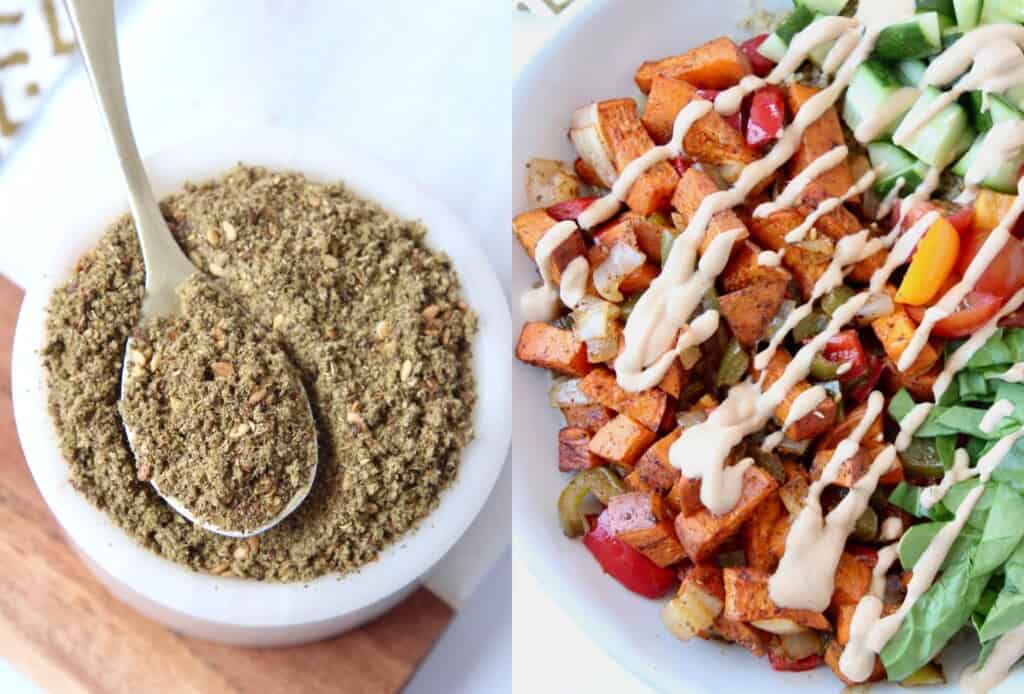
Easy recipes to make with za'atar
Now that you know all about za'atar, here are some recipes to get you started!
- Za'atar Roasted Vegetable Quinoa Bowl - pictured above
- Loaded Mediterranean Chickpea Salad
- Za'atar Roasted Cauliflower
- Za'atar Roasted Chicken Breast Recipe
- Pasta Salad with Za'atar
- Baked Feta with Honey and Zaatar
Learn about more of our favorite ingredients
Check out our ingredient guide, packed full of information about all of our favorite lesser-known ingredients, like harissa, coconut aminos and turmeric!



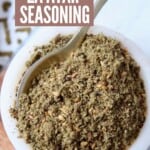
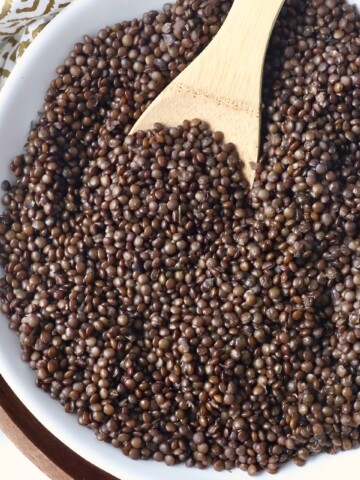
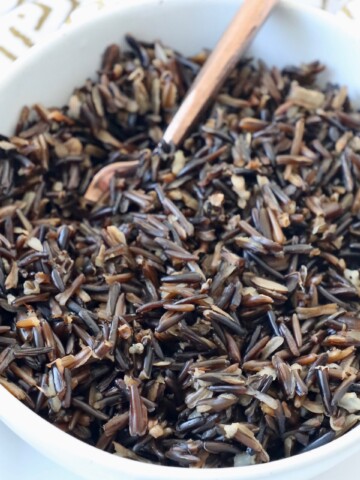
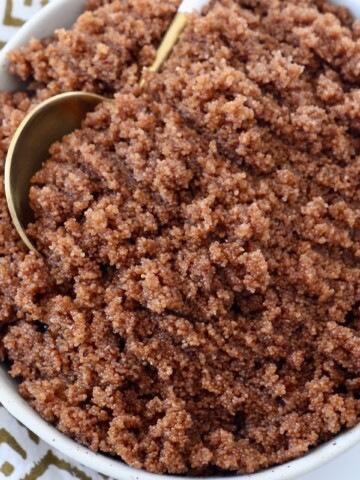
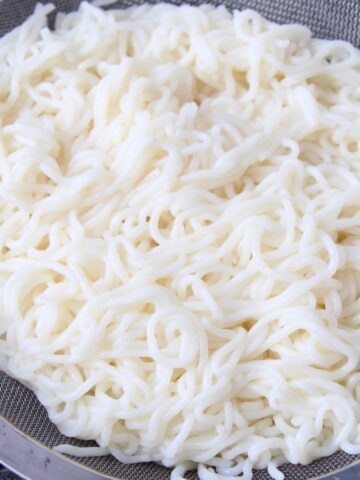
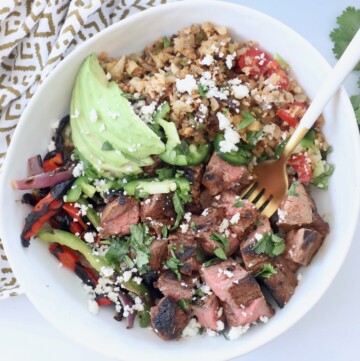
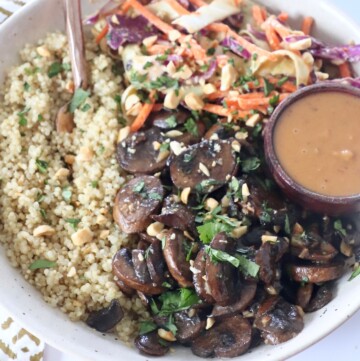
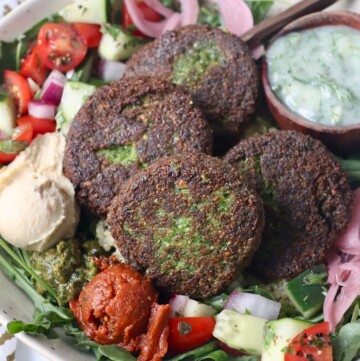
Comment Here!